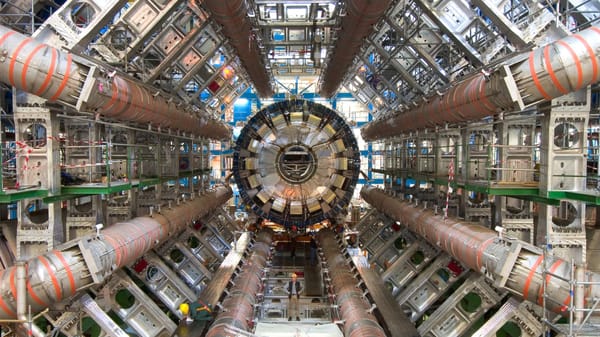Alakazam’s mind-bending brain power
James Desmet dives into a whimsical thought experiment in the realm of Pokémon.
Alakazam is an iconic Pokémon that has been present in the game since its first generation. They are a staple of the Psychic Pokémon class and notoriously difficult to get your hands on. Just as well, seeing as they were exceedingly powerful Pokémon in the earlier generations, with many considering them the outright strongest Pokémon in the first generation. This is no surprise considering, according to the lore, Alakazam can reach an IQ of over 5,000!
This is attributed to their brain, which is said to be continually developing new neurons and growing. Over its lifetime, a Alakazam can therefore reach such an IQ, according to the Pokémon gospel – the Pokédex. While fascinating, this is completely implausible. It does, however, make for a good thought experiment.
The human brain is responsible for approximately 20% of the body’s energy expenditure. In an adult who consumes 2,000 kcal per day, this would typically amount to 300–400 kcal per day, meaning that in a brain weighing 1.4 kg, there would be a continuous power output of 20 watts. This will serve as a useful base for our thought experiment.
Given the extremely high IQ of Alakazam, let’s assume that their brain is twice as efficient as a human brain. Assuming energy demands and power output scale linearly with IQ, and given that Alakazam’s IQ is 50 times that of an average human, the energy output of their brain would be 10,325 kcal/day. However, we must also account for the host of telekinetic abilities they possess – these likely require additional energy to perform. Therefore, let’s increase this energy output by 50% to account for these highly demanding capabilities. This brings our calculations to 15,488 kcal/day. Adding on 1,500 kcal for basal metabolic function, considering the Pokémon’s 48 kg, 1.5-metre stature, this brings the total to just under 17,000 kcal/day.
With energy demands rivaling a supercomputer and anestimated consumption of 578,000 kcal/day, it might just be the hungriest Pokémon in the world.
This number dwarfs even professional athletes, who can consume 4,000–7,000 kcal/day depending on sex and discipline. However, this is only the beginning. When you look a bit deeper, you’ll notice that the Pokédex entry in Pokémon Pearl, released in 2006, states that “its highly developed brain is on par with a supercomputer.” With this information, we can make a different estimate!
The operations per second of IBM’s Blue Gene/L, a prominent supercomputer in 2006, were 2.8×10¹⁴ operations per second. The operations per second of a human brain are estimated to be approximately 10¹¹ operations per second, giving a human brain an efficiency of 5×10⁹ ops/watt. Assuming Alakazam has an efficiency twice that of the human brain, this would equate to 10¹⁰ ops/watt. Therefore, with the operational speed of a supercomputer and twice the efficiency of the human brain, Alakazam would output 28,000 watts continuously. Converting this to kcal/day would amount to 578,000 kcal/day!
This figure is absolutely staggering and might mean that Alakazam rivals the almighty Snorlax when it comes to energy consumption, making them possibly the hungriest Pokémon in the world.
The world of Pokemon is full of wacky creatrues with truly unique features, from the plant/animal hybird Bulbosaur, to the famous lightning rodent Pikachu, many of which can lead someone down a similar rabit hole this peice explores, such as how many volts run through Pikachu’s body, or whether bulbosaor can live off photosynthesis alone, and how that could conceivably work.
Perhaps it is the way Pokémon so brilliantly mixes reality with just the right amount of fiction that keeps us hooked for generations…










